Incredible landscapes you won't believe exist
Mesmerising Mother Nature

Tsingy de Bemaraha Strict Nature Reserve, Madagascar
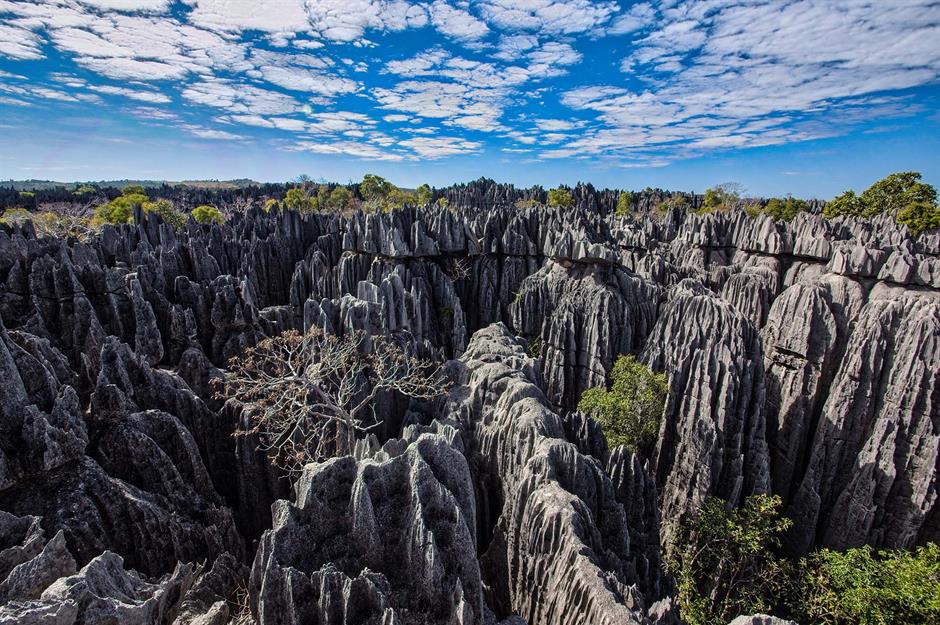
Richat Structure, Mauritania
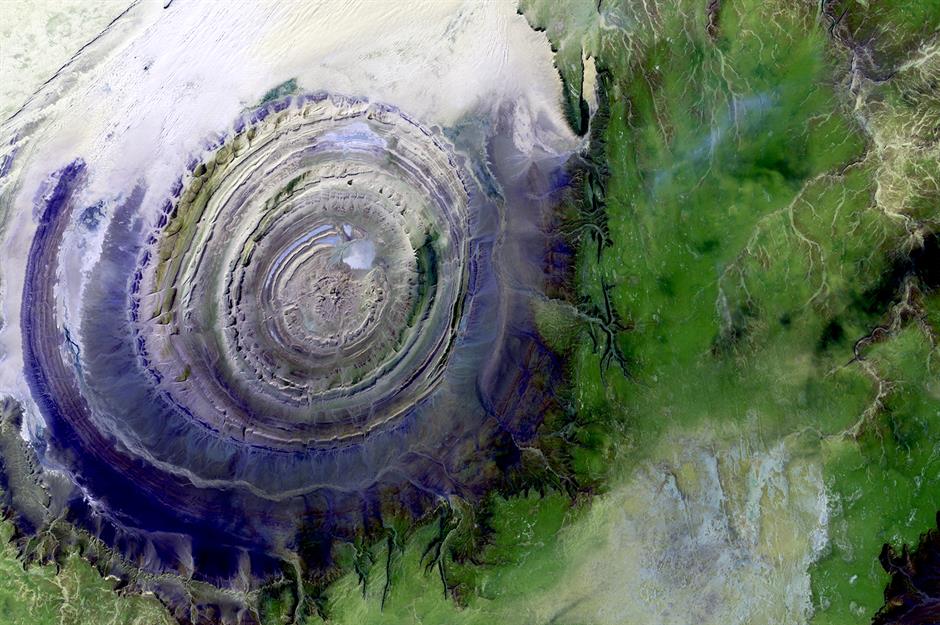
Astronauts have been mesmerised and puzzled by the Richat Structure – also known as the Eye of Sahara – pretty much since humans first entered space. Viewed from the International Space Station, the 28-mile (45km) wide swirl in Mauritania resembles a bullseye with several circular rings appearing to be pulsating out of the centre. The geological quirk was believed to be a crater caused by a meteorite, but it’s now thought it was once a domed anticline (a ridge or fold of rock layers) that has eroded over time.
Yuanyang County, Yunnan Province, China
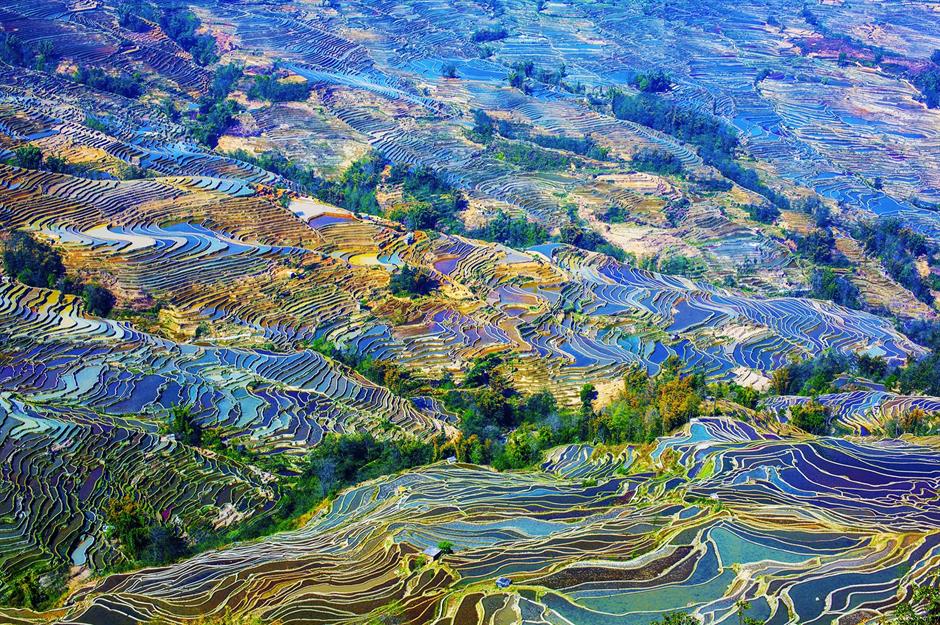
Palawan, the Philippines
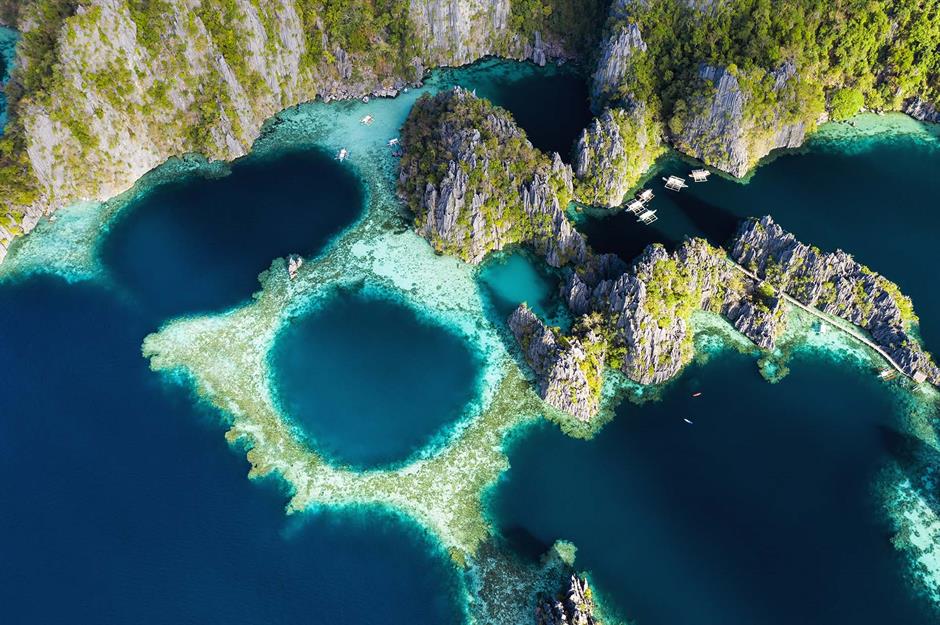
Palouse, Washington, USA
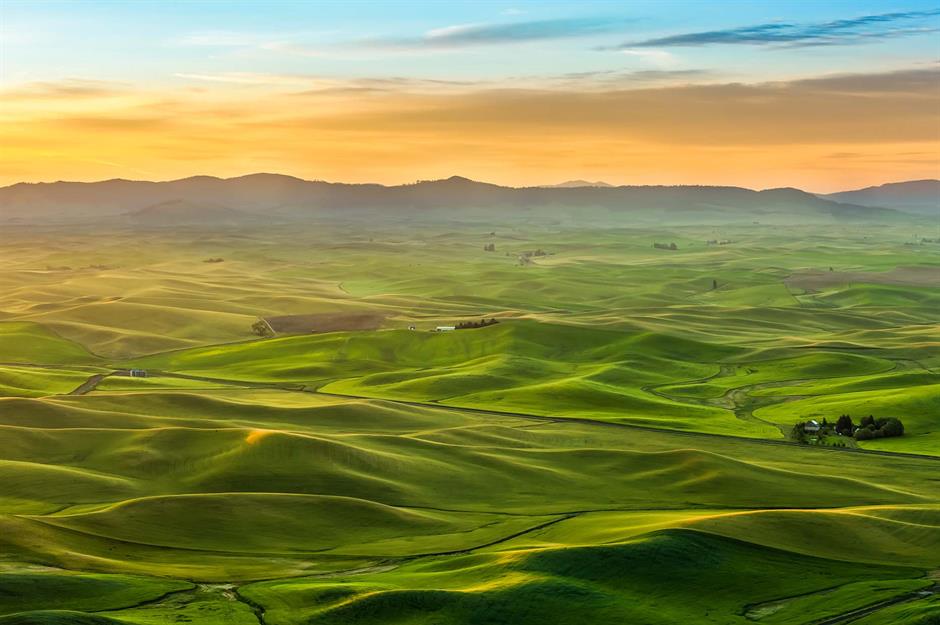
Chocolate Hills, the Philippines

Lençóis Maranhenses National Park, Maranhão, Brazil
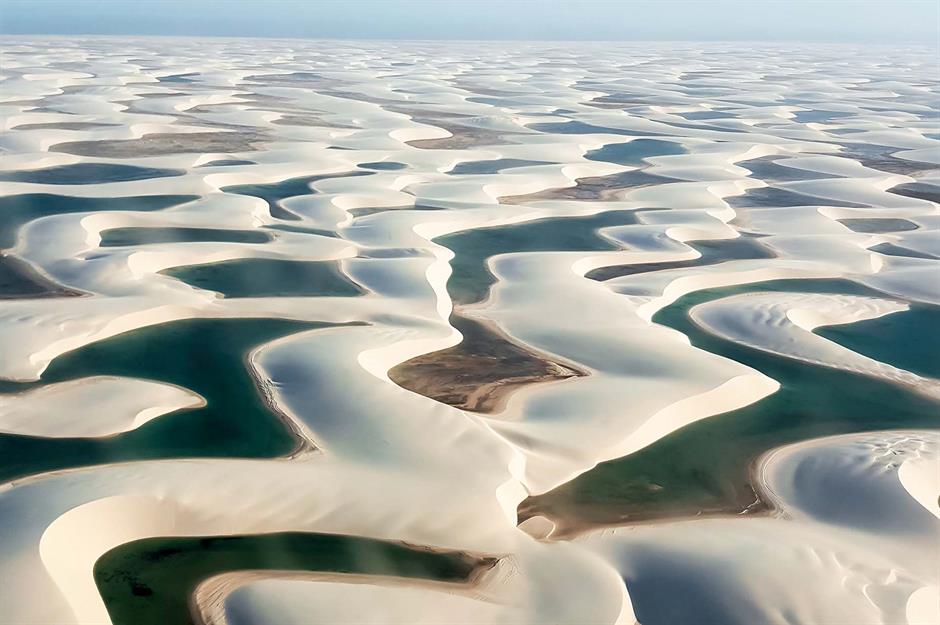
Danakil Depression, Ethiopia
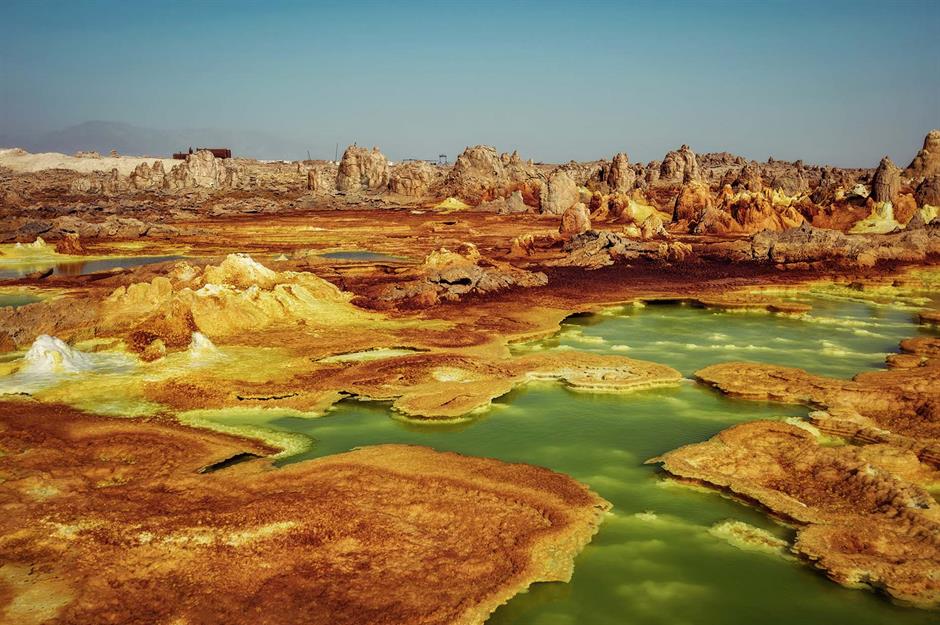
Here, at one of the most unusual places on the planet, steam spits out from openings in the Earth’s crust and chemicals released by the hot springs colour the rocky mineral deposits yellow, orange and green. This eerie lunar-like landscape of sulphur springs is also one of the hottest places on Earth. As it lies at a junction of three tectonic plates, a very complex geological history has resulted in one of the most alien landscapes you can find on our planet.
Santiago Island lava field, Galápagos, Ecuador
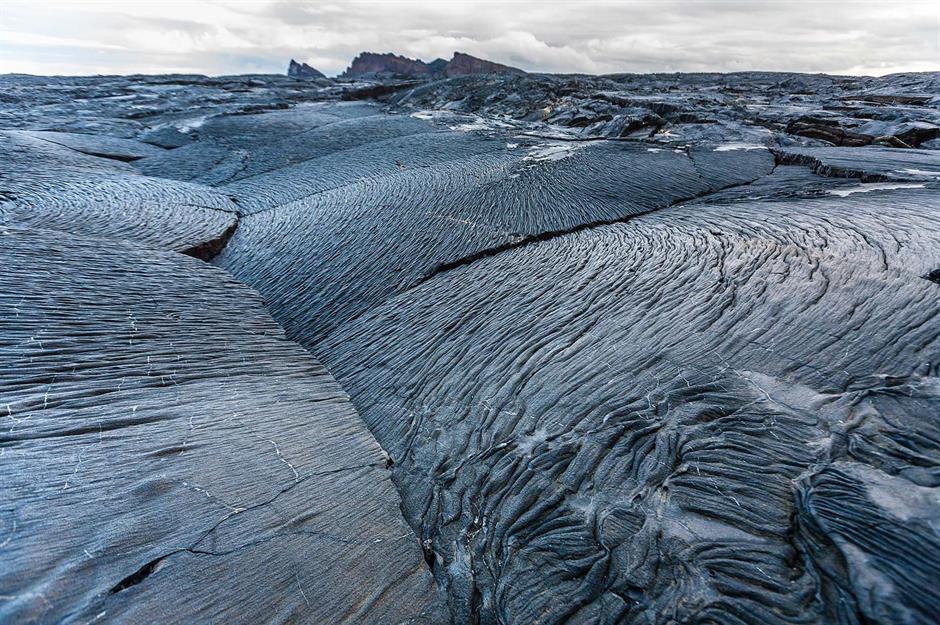
Galápagos Islands are certainly full of all sorts of natural world wonders, but Santiago Island's lava field is one of the most unbelievable. The lava, hardened mid-flow, twists in all manner of shapes and patterns, creating a unique patchwork of lava rock. Despite the barren appearance, life is abundant near the shore where Galápagos penguins, lava lizards, sea turtles, marine iguanas and blue herons among others have found a home.
Love this? Follow our Facebook page for more travel inspiration
Salt Pans, Gozo, Malta
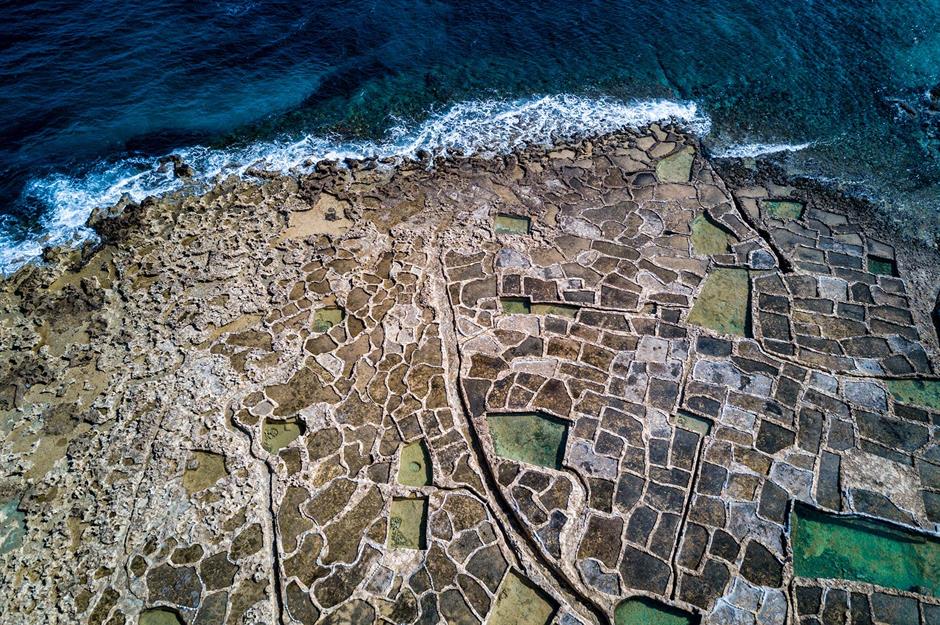
Zabriskie Point, Death Valley National Park, California, USA
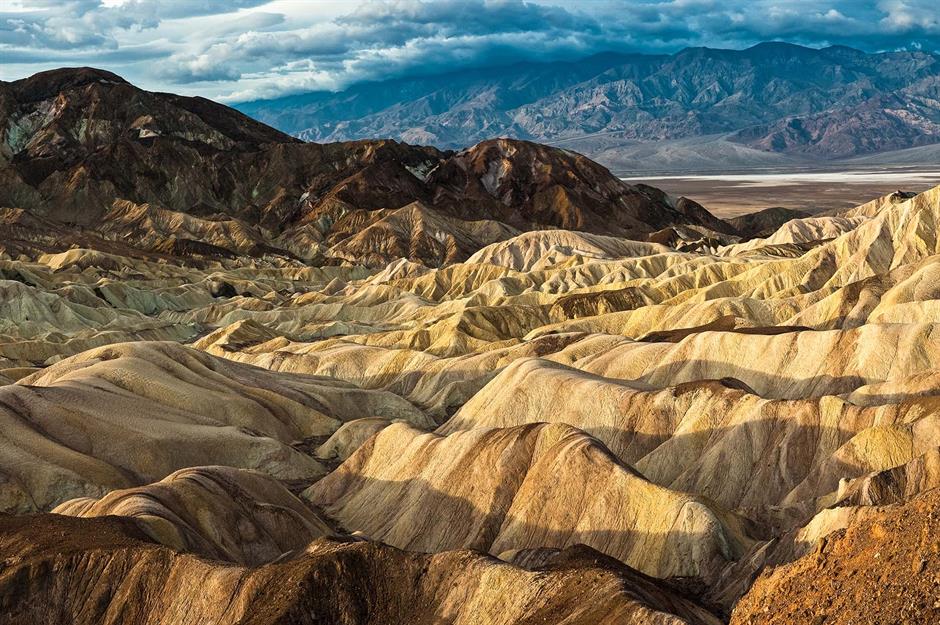
Straddling the California-Nevada state border, Zabriskie Point is the perfect viewpoint looking over the badlands of the Death Valley National Park. The peculiar wave-like pattern of these hills is the result of Furnace Creek Lake, which dried up five million years ago, and erosion. Thanks to its sun-baked slopes, the unusual landscape has also been picked as the backdrop in several films and, most recently, in The Mandalorian.
Take a look at terrific TV locations from your favourite shows
Pancake Rocks, Punakaiki, New Zealand

Around 30 million years in the making, the Pancake Rocks at Dolomite Point near Punakaiki are a heavily eroded limestone area with vertical blowholes. Named so due to their resemblance to stacks of pancakes, it's an equally strange and beautiful environment that really comes alive during high tide when water smashes against the rocks, creating a geyser effect. There's a track snaking its way through the rock faces and those visiting might be lucky enough to catch a glimpse of Hector's dolphins, too, who like to play close to the shore.
Vale da Lua, Brazil
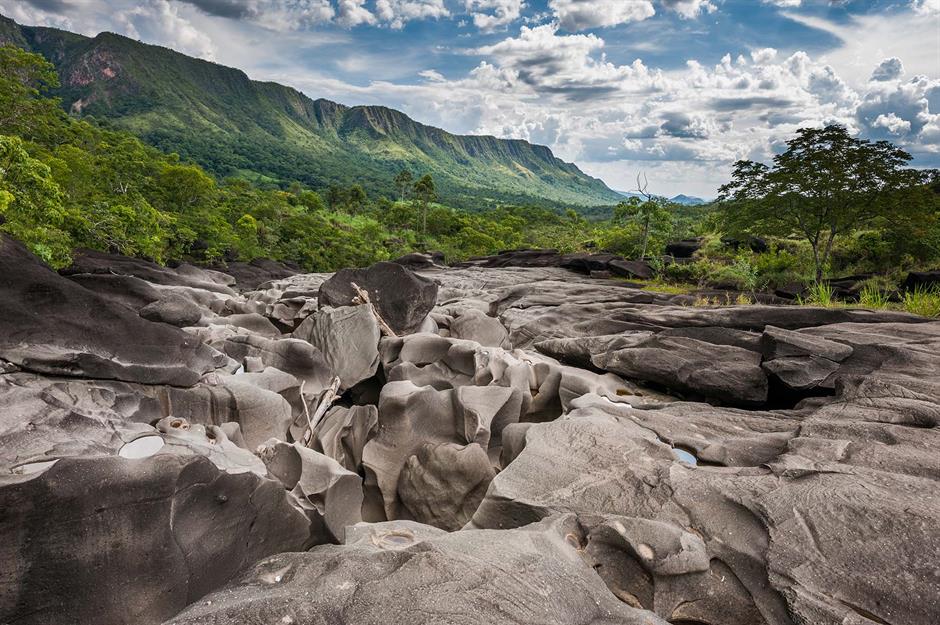
It's not often that rocky landscapes look as soft as this one, almost resembling melted wax. Located close to the Chapada dos Veadeiros National Park, this mesmerising landscape is called Vale da Lua, or Valley of the Moon, due to its smooth, rocky surface. Created by ancient river, sand and lava flows, it's a landscape like no other on Earth. Small pools of chilly emerald waters dot the rockscape and a river still flows through the unusual rocks. Come heavy downpours though, and the environment quickly becomes hostile, with the valley flooding quickly and violently.
Waimea Canyon State Park, Hawaii, USA
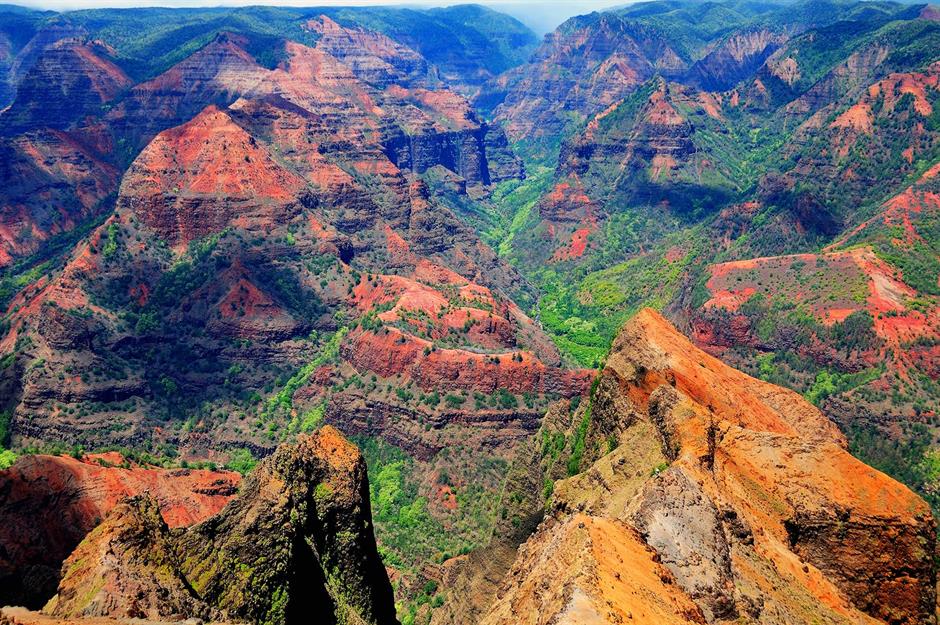
Also known as the Grand Canyon of the Pacific, it's easy to see why. Although not as big or as old as its Arizona cousin, its unique natural beauty is simply astonishing. A dynamic landscape home to countless species of plants and trees, the canyon is around 10 miles (16km) long, a mile (1.6km) wide and around 3,600 feet (1,097m) deep. Dotted with plunging waterfalls, the bright red soil and lush greenery creates an incredible pattern that covers deep valley gorges, crested buttes and rugged crags for miles inland.
Munnar, Kerala, India
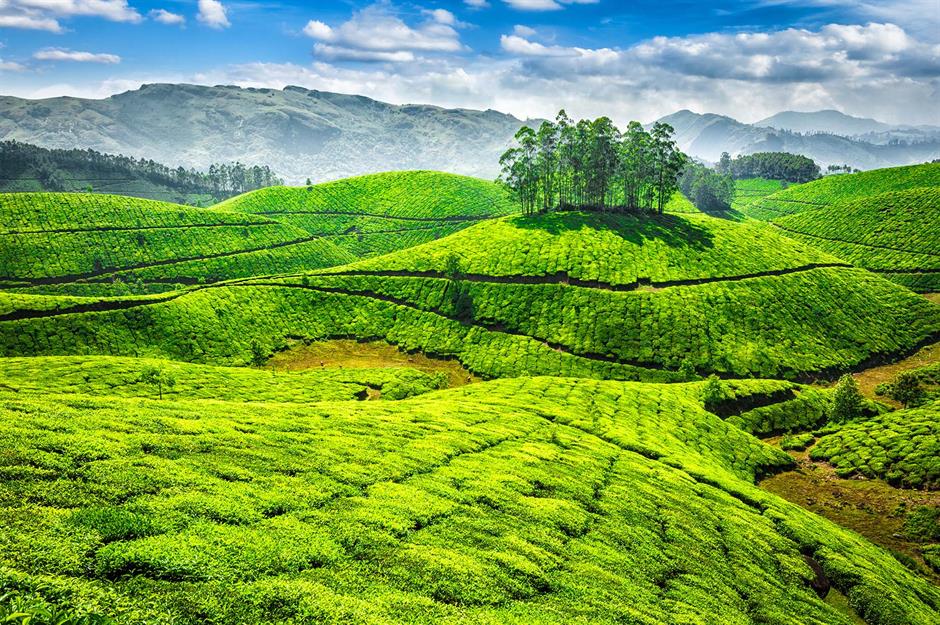
High in the Western Ghats, this hill station and former resort for the upper echelons of the British Raj looks out over lush plantations and mist-covered hilltops. Dotted by tea estates, which were originally established by the Scottish, there are also plenty of up-to-no-good elephants, which are often spotted (or heard) crashing through the greenery. The region is also famous for the elusive neelakurinji flowers, which only bloom every 12 years. The next event is due to happen in 2030.
Purnululu National Park, Western Australia, Australia
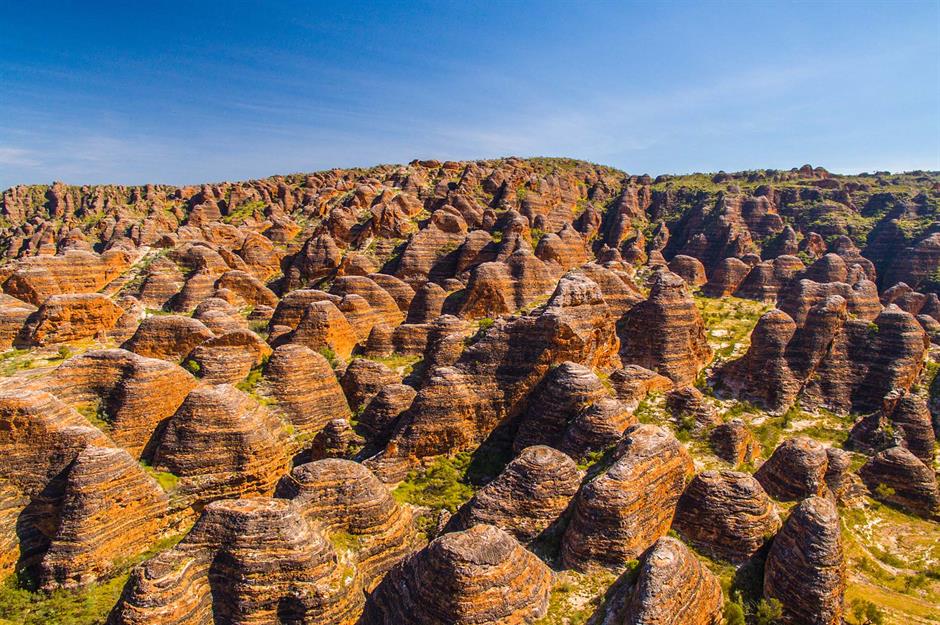
Seven Coloured Earths, Mauritius
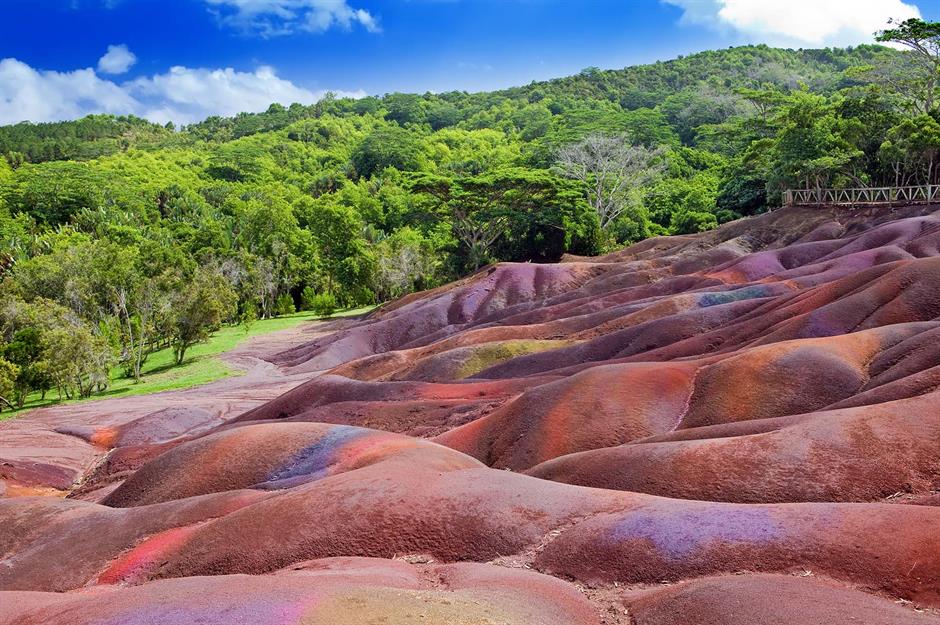
Skazka Canyon, Kyrgyzstan
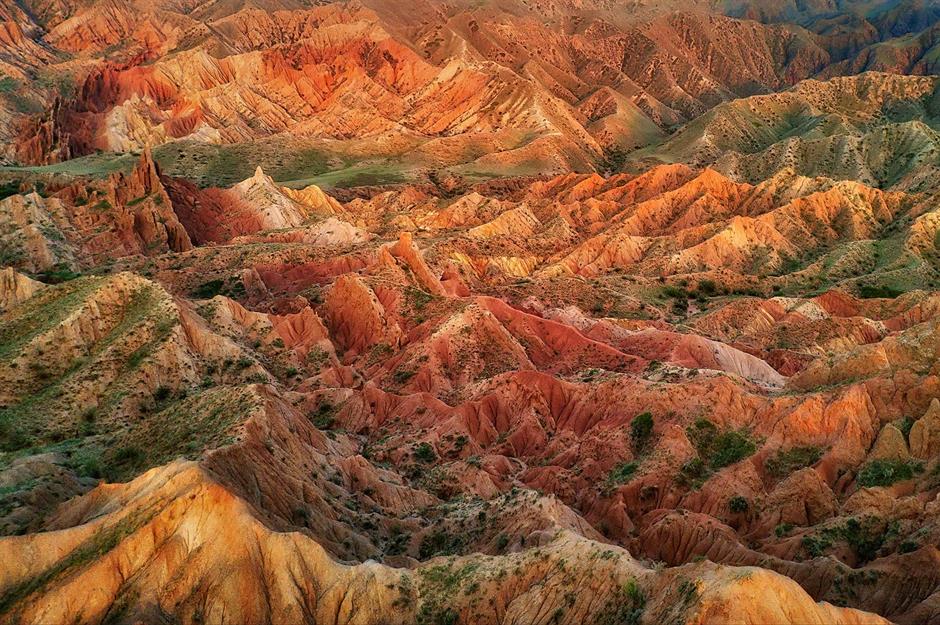
Located in remote Kyrgyzstan, the name means Fairy Tale Canyon and, with its bright red rock formations and winding sandy passageways, it’s easy to see why. Thought to be one of the most striking sights in this central Asian country, it formed over thousands of years due to ice, water and wind erosion, leaving the landscape moulded into all sort of shapes.
Discover stunning images of the world's most incredible canyons
Ningaloo Marine Park, Western Australia, Australia
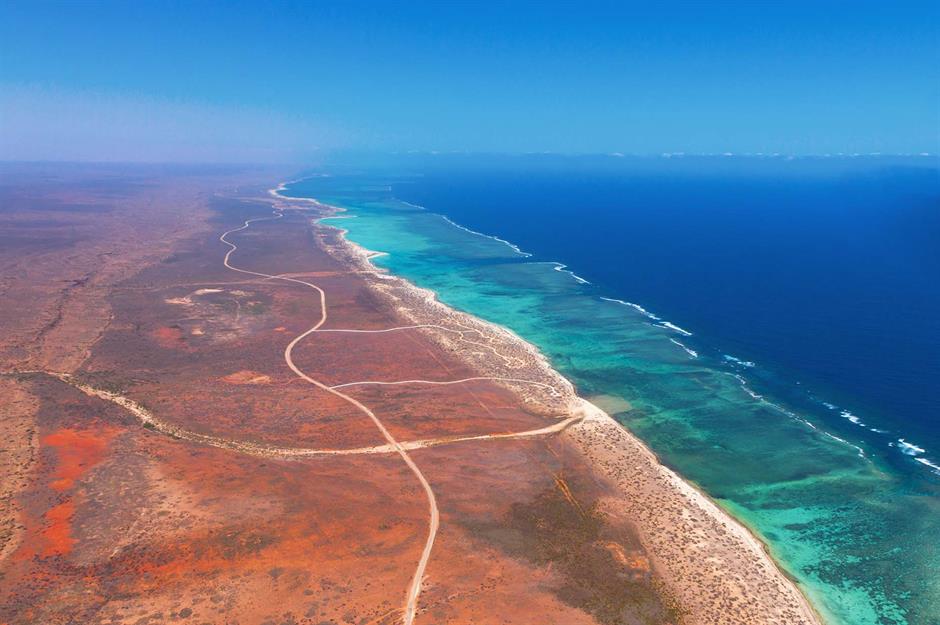
Red Beach, Panjin, China
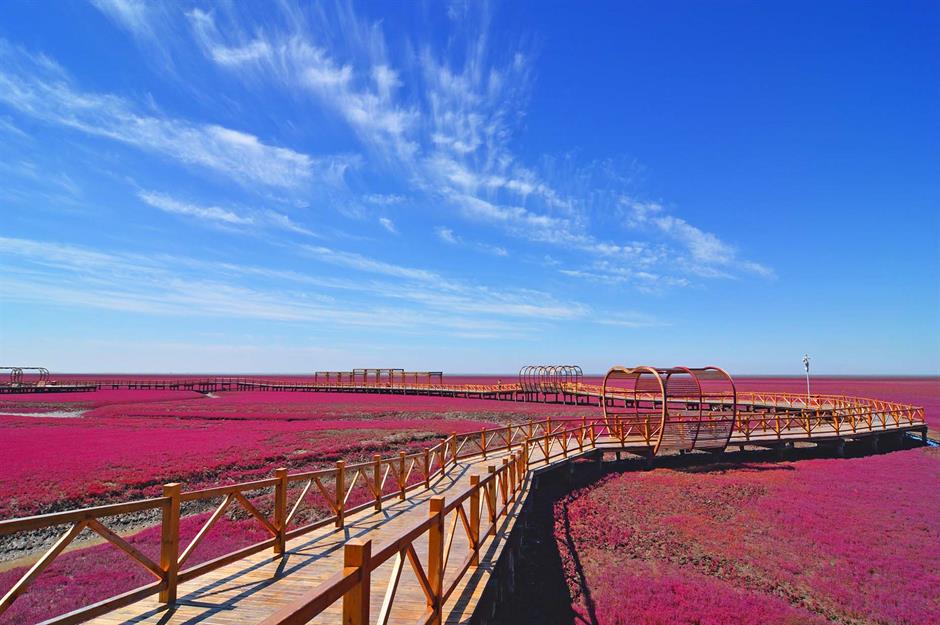
Painted Dunes, Lassen Volcanic National Park, California, USA
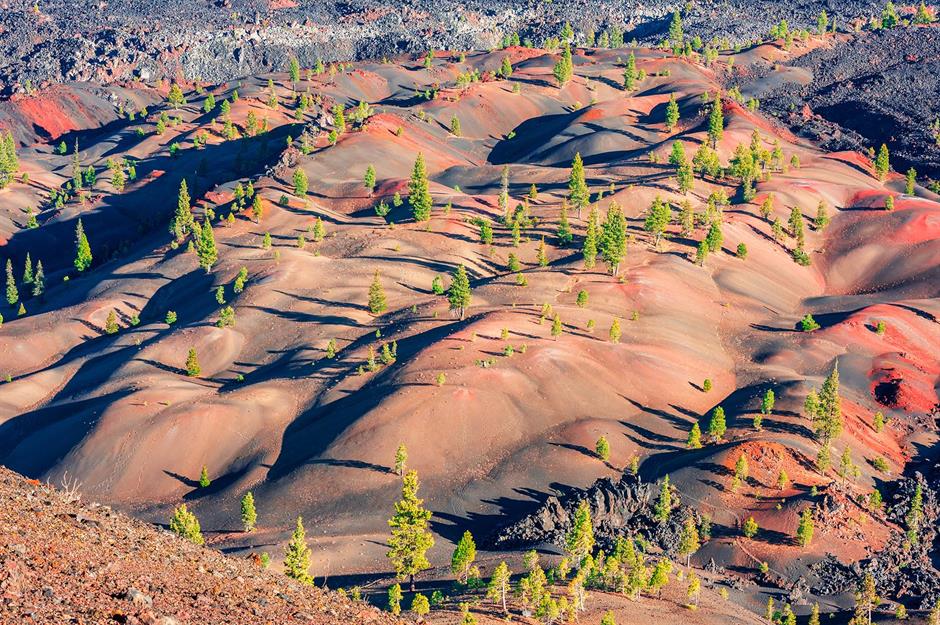
Colonia de Sant Jordi, Ses Salines, Mallorca, Spain
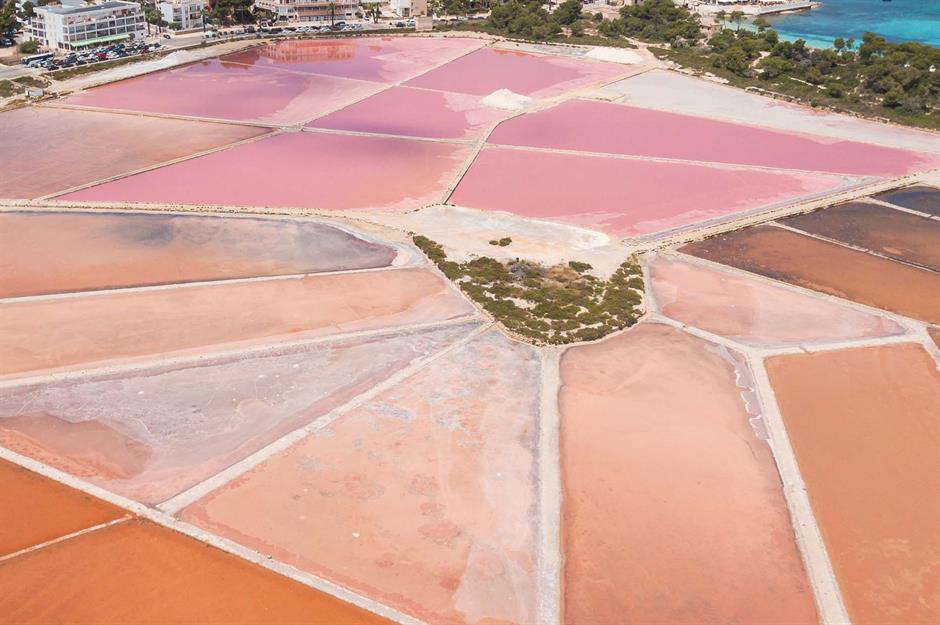
Zao Onsen, Yamagata, Japan
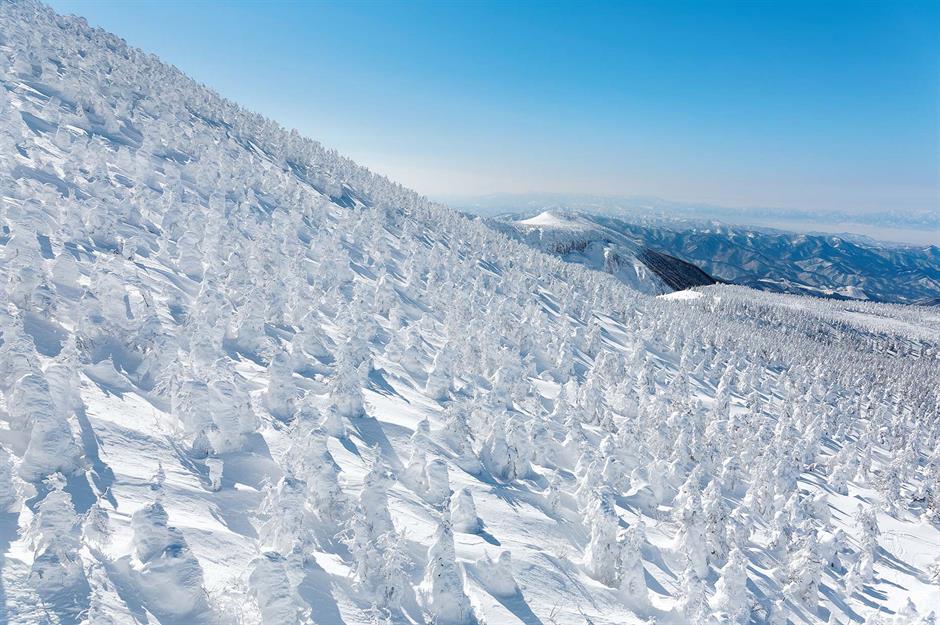
Bonneville Salt Flats, Utah, USA
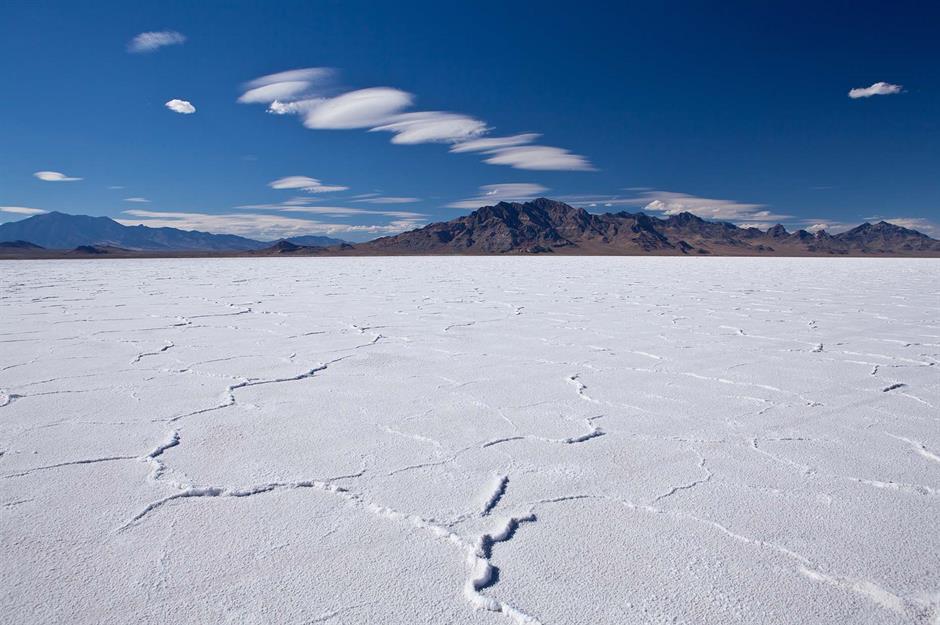
A familiar name to those into car racing, Bonneville Salt Flats is what remains of a pre-historic lake. There’s hardly any sign of life here, a blazingly white, lunar-esque landscape whose surface cracks and curls in the sunshine. These salt pans sprawl across almost 30,000 acres and, unsurprisingly, nothing grows or lives here. Thanks to the flat and barren landscape, it's known for land speed records set at the Bonneville Speedway – an area of the salt flats dedicated to motor sports.
The Pinnacles, Western Australia, Australia
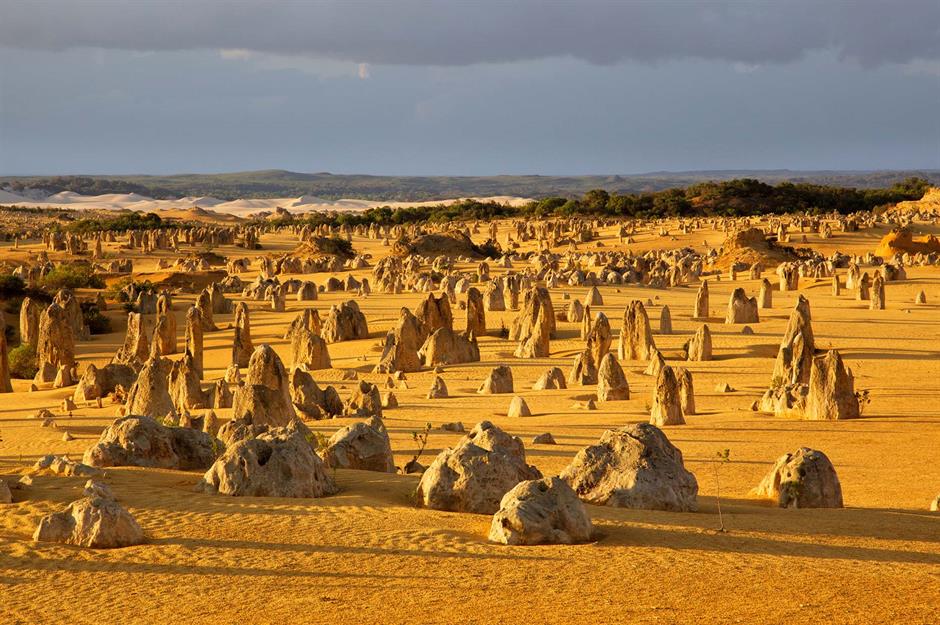
Zhangye National Geopark, Gansu, China

The rainbow-hued mountains in Zhangye National Geopark looks just like an artist's paint palette. Part of an UNESCO World Heritage Site, this stunning formation was created by natural erosion, when layers of sand, silt, iron and minerals blended together to create a kaleidoscope of colours. The incredible park appears to have been decorated by Mother Nature herself.
Rainbow world: amazing images of Earth's most colourful natural wonders
Dinosaur Provincial Park, Alberta, Canada
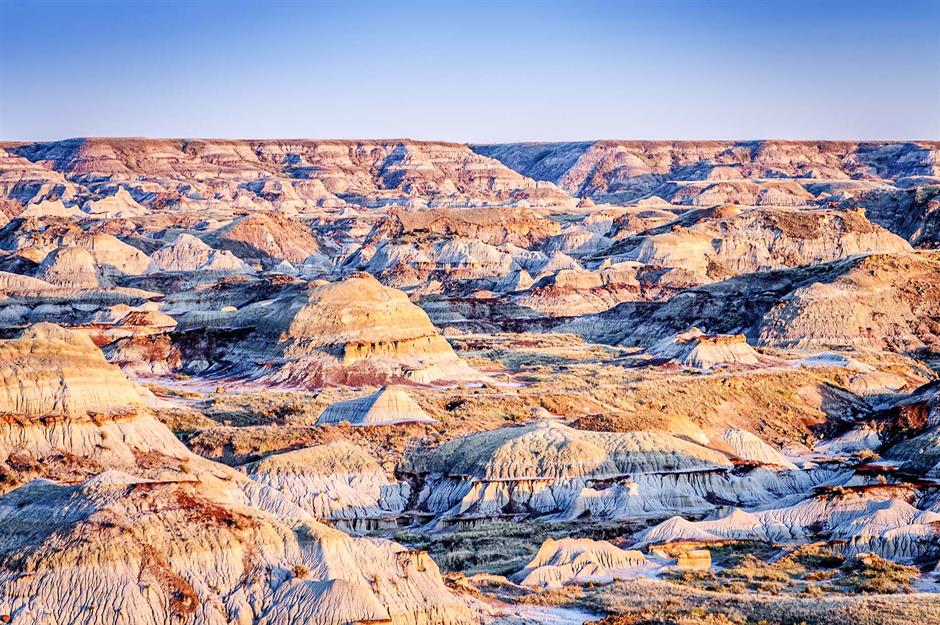
It might look like it belongs in a sci-fi flick, but this landscape is very much on planet Earth. The craggy area makes up Dinosaur Provincial Park which (as its name suggests) is rich in fossils from numerous dinosaur species – more than 150 full dinosaur skeletons have been unearthed here. And even without the echoes of yesteryear, the rockscapes are impressive: think dramatic badlands punctured with hoodoos and mesas, striped with rust red.
Valle de la Luna, Atacama Desert, Chile

Landmannalaugar, Iceland
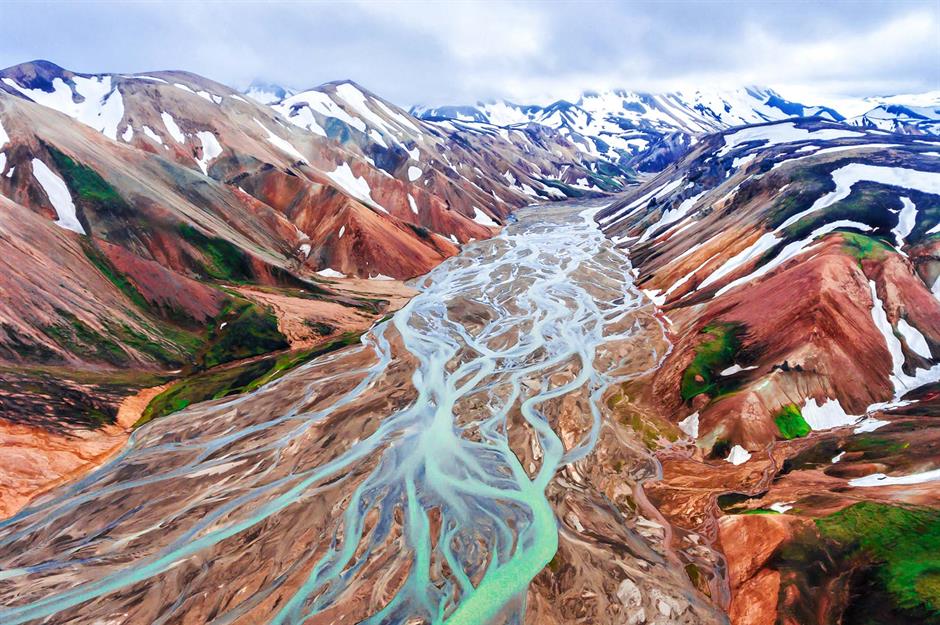
The Highlands of Iceland are renowned for thermal springs and mirror-like fjords but Landmannalaugar is unlike anywhere else in the world. Part of the Fjallabak Nature Reserve on the edge of the Laugahraun lava field, this unique and unusual landscape was formed during a volcanic eruption around 1477. Famed for its geothermal springs and azure rivers, this rugged region also benefits from candy-coloured hills that appear to be painted by hand.
Now take a look at the world's most beautiful natural wonders
Ah-Shi-Sle-Pah Wilderness, New Mexico, USA
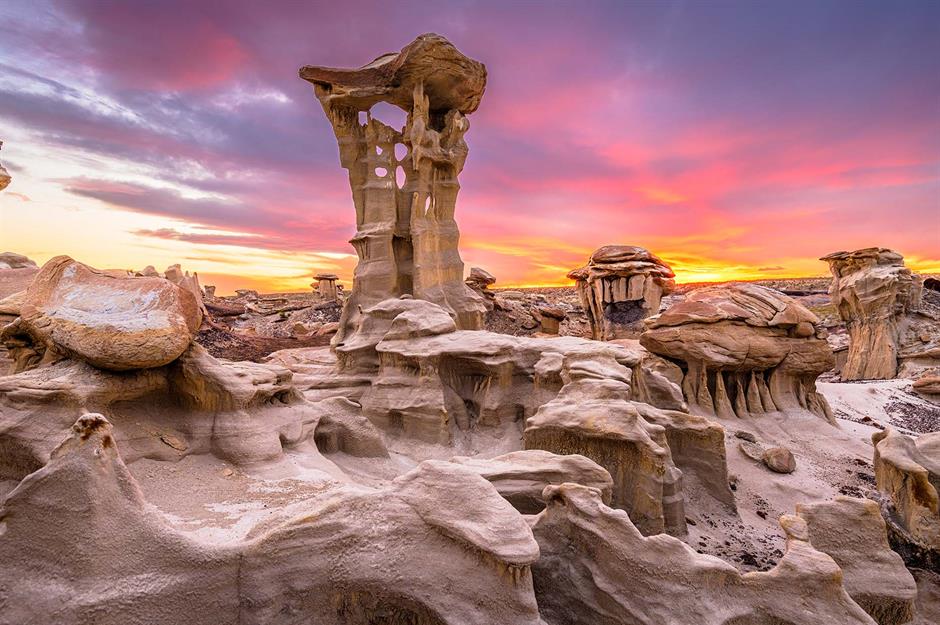
Comments
Do you want to comment on this article? You need to be signed in for this feature